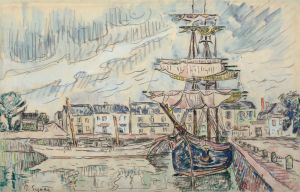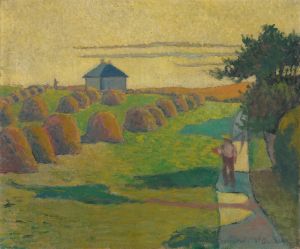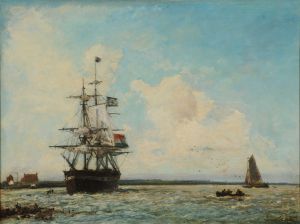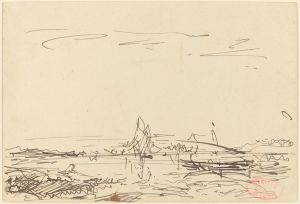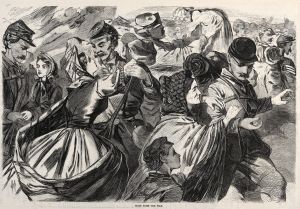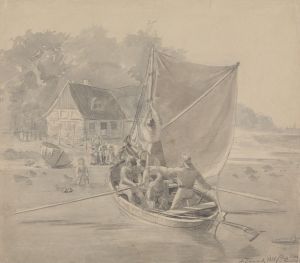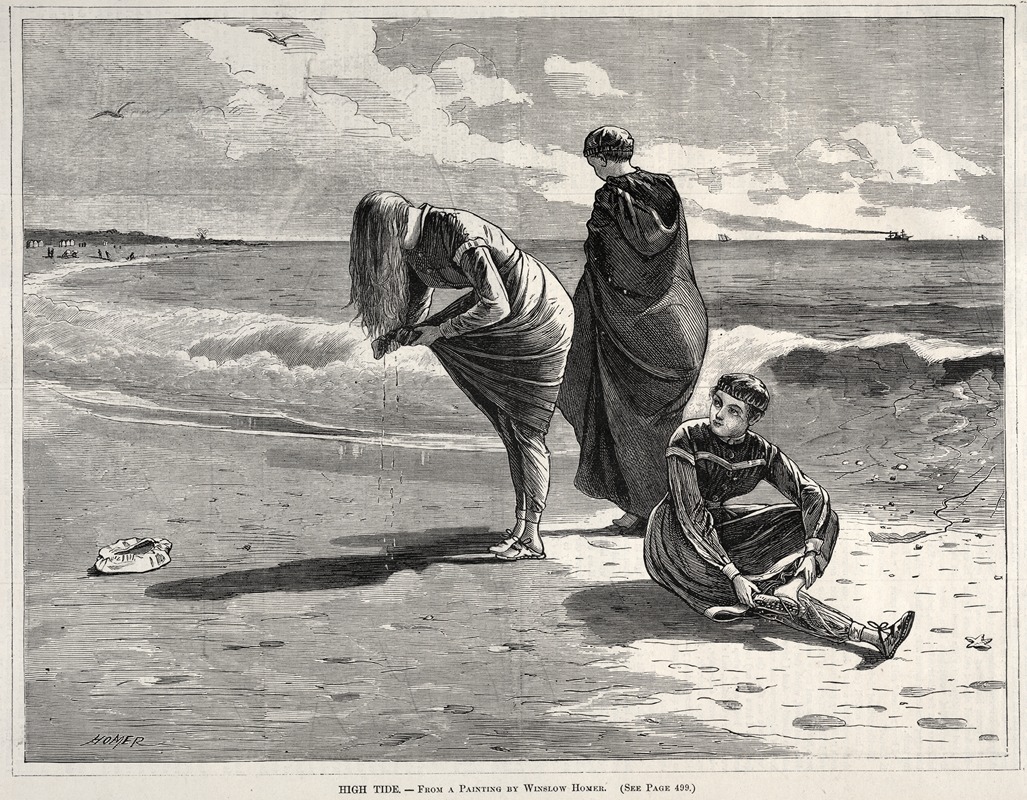
High Tide
A hand-painted replica of Winslow Homer’s masterpiece High Tide, meticulously crafted by professional artists to capture the true essence of the original. Each piece is created with museum-quality canvas and rare mineral pigments, carefully painted by experienced artists with delicate brushstrokes and rich, layered colors to perfectly recreate the texture of the original artwork. Unlike machine-printed reproductions, this hand-painted version brings the painting to life, infused with the artist’s emotions and skill in every stroke. Whether for personal collection or home decoration, it instantly elevates the artistic atmosphere of any space.
Winslow Homer, an influential American artist known for his marine subjects, created a painting titled "High Tide." However, there is limited information available specifically about a painting by Homer with this exact title. It is possible that the painting might be known under a different name or that it is not one of his most widely recognized works. Therefore, a detailed description or analysis of "High Tide" by Winslow Homer cannot be provided without further context or verification.
Winslow Homer (1836–1910) is celebrated for his powerful and evocative depictions of the American landscape and seascape. His works often capture the raw beauty and formidable power of nature, frequently focusing on the relationship between humans and the sea. Homer's career began as a commercial illustrator, but he eventually transitioned to painting, where he developed a distinctive style characterized by bold compositions and a masterful use of light and shadow.
Homer's marine paintings, particularly those created during his time in Prouts Neck, Maine, are among his most acclaimed. These works often depict scenes of fishermen, sailors, and the tumultuous sea, reflecting both the peril and the allure of maritime life. His ability to convey the dynamic movement of water and the atmospheric conditions of the coast is a hallmark of his artistry.
One of Homer's most famous paintings, "The Gulf Stream" (1899), exemplifies his fascination with the sea's power and unpredictability. It portrays a lone man adrift on a small boat in turbulent waters, surrounded by sharks, with a distant waterspout on the horizon. This painting, like many of Homer's works, is noted for its dramatic tension and emotional depth.
While specific details about "High Tide" by Winslow Homer are not readily available, it is important to recognize the broader context of his work. Homer's paintings often explore themes of survival, human endurance, and the sublime beauty of nature. His ability to capture the essence of the American experience, particularly in relation to the sea, has cemented his legacy as one of the foremost painters of the 19th century.
Homer's influence extends beyond his lifetime, as his works continue to be studied and admired for their technical skill and emotional resonance. His paintings are held in major museums and collections around the world, where they continue to inspire and captivate audiences.
In summary, while specific information about "High Tide" by Winslow Homer is not available, his overall body of work provides insight into his artistic vision and the themes that he explored throughout his career. Homer's legacy as a master of American art endures, with his marine paintings standing as a testament to his profound connection with the natural world.





